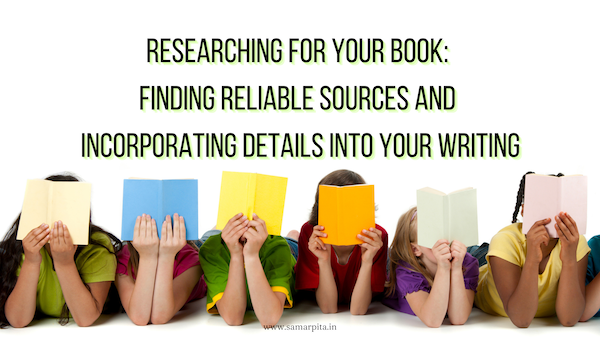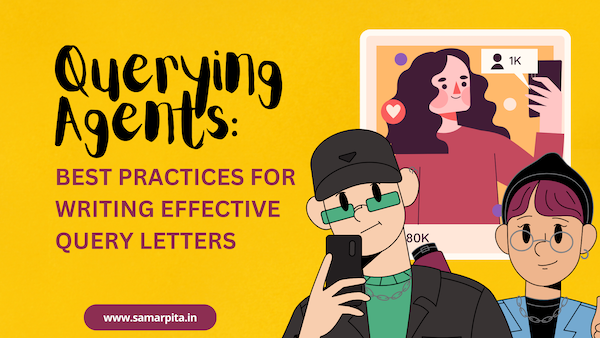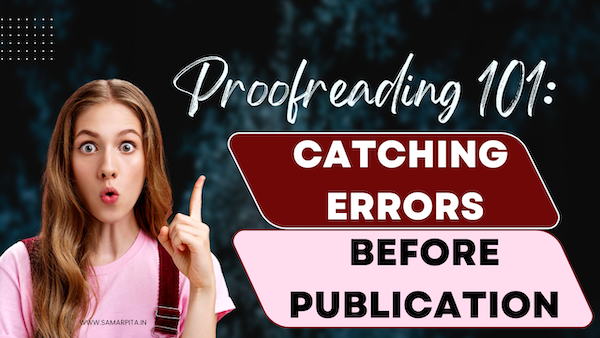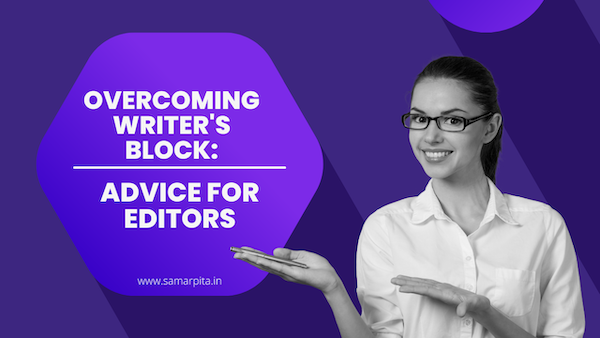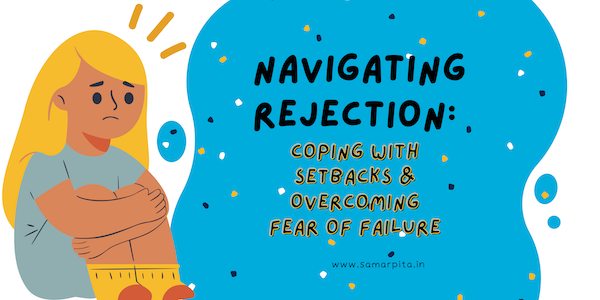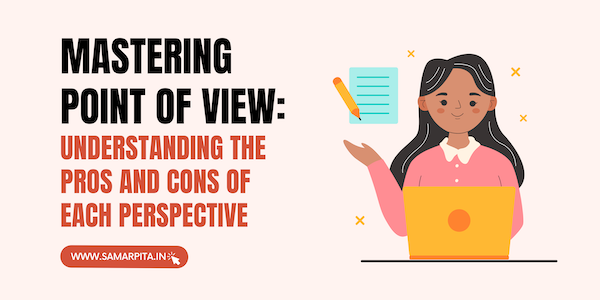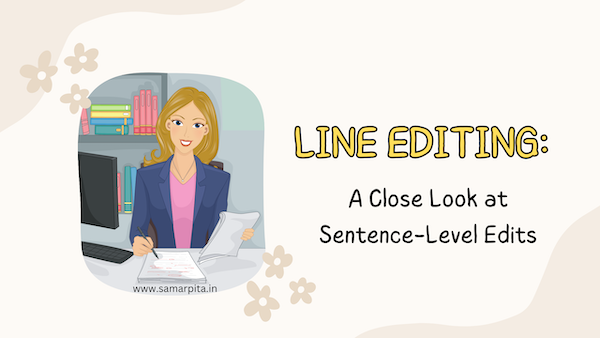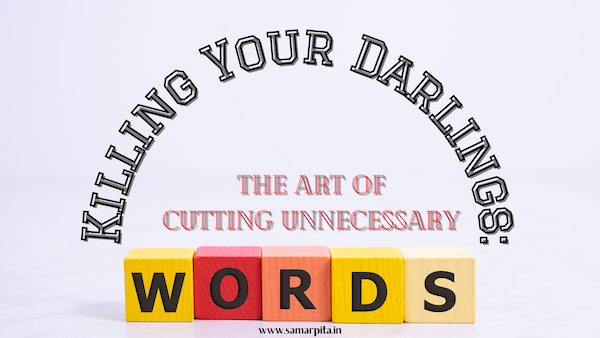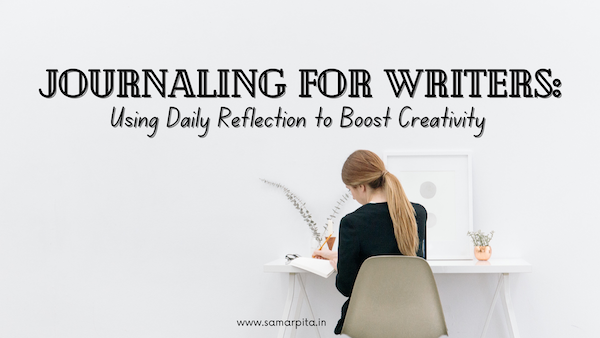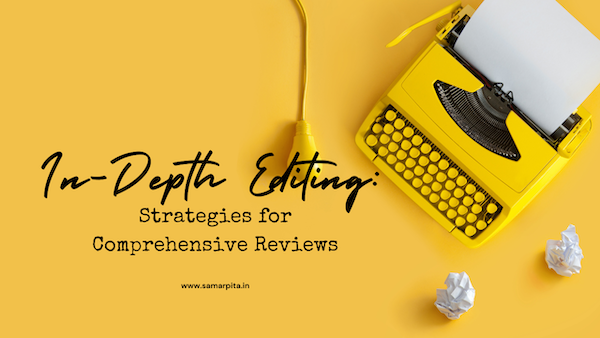Whether you’re writing fiction or non-fiction book, research is an essential part of the writing process. Research helps writers to create realistic and believable worlds, characters, and stories. However, finding reliable sources and incorporating details into your writing can be challenging. In this post, we’ll explore some tips for researching and incorporating details into your writing.
Finding Reliable Sources
When researching for your book, it’s essential to find reliable sources. Here are some tips for finding and evaluating sources:
Tip #1: Start with reputable sources
Start your research with reputable sources such as academic journals, books by experts in the field, and government websites. These sources are more likely to be accurate and reliable.
Also Read: Line Editing: A Close Look at Sentence-Level Edits
Tip #2: Use multiple sources
Use multiple sources to ensure that you have a well-rounded understanding of the topic you’re researching. Cross-check information between sources to ensure accuracy.
Tip #3: Evaluate sources
Evaluate the sources you use for credibility and bias. Consider the author’s credentials and affiliations, as well as the publication’s reputation.
Tip #4: Avoid unreliable sources
Avoid sources that are unreliable, such as personal blogs, forums, and social media posts. They may contain inaccurate information or biased opinions.
Incorporating Details into Your Writing
Once you’ve found reliable sources, it’s time to incorporate details into your writing. Here are some tips for doing so:
Also Read: In-Depth Editing: Strategies for Comprehensive Reviews
Tip #1: Use sensory details
Use sensory details such as sights, sounds, smells, and textures to bring your writing to life. Sensory details help readers to visualize the scene and become fully immersed in the story.
Tip #2: Incorporate historical context
Incorporating historical context can add depth and realism to your writing. Research the time period in which your story is set and include details such as clothing, technology, and social norms.
Tip #3: Include dialogue
Dialogue can add personality and authenticity to your characters. Research the dialects and speech patterns of the time period or location in which your story is set to create realistic dialogue.
Tip #4: Be accurate
Ensure that the details you include in your writing are accurate and consistent. Double-check facts and cross-check information between sources to ensure accuracy.
Also Read: Getting Published: Tips and Tricks for Landing Your First Book Deal
Conclusion
Researching and incorporating details into your writing can be challenging, but it’s essential for creating realistic and believable stories. Finding reliable sources and using sensory details, historical context, dialogue, and accuracy are all key to successful research and writing. Remember, the more you know about the topic you’re writing about, the more realistic and immersive your writing will be. So, take the time to research and incorporate details into your writing, and watch your stories come to life.
This post is a part of #BlogchatterA2Z 2023
***
If you are looking for an excellent manuscript editor, someone to create content for your business, or an expert to help build your personal or professional brand on social media, then look no further and connect with me at editor@samarpita.in I can be followed on instagram at @samarpita and on twitter at @samarpitadotin.
***********
Read my ebook WRITE. EDIT. PROMOTE. to learn the basics about becoming an author – from writing your own book, to editing your first draft, and to promoting your book yourself! You can also read my ebook How To Write A Story Effectively and learn some valuable lessons about how a story can go from average to extraordinary. This book is part 1 of the series.
In fiction, I have two short stories for children in an ebook called Bedtime Stories.

